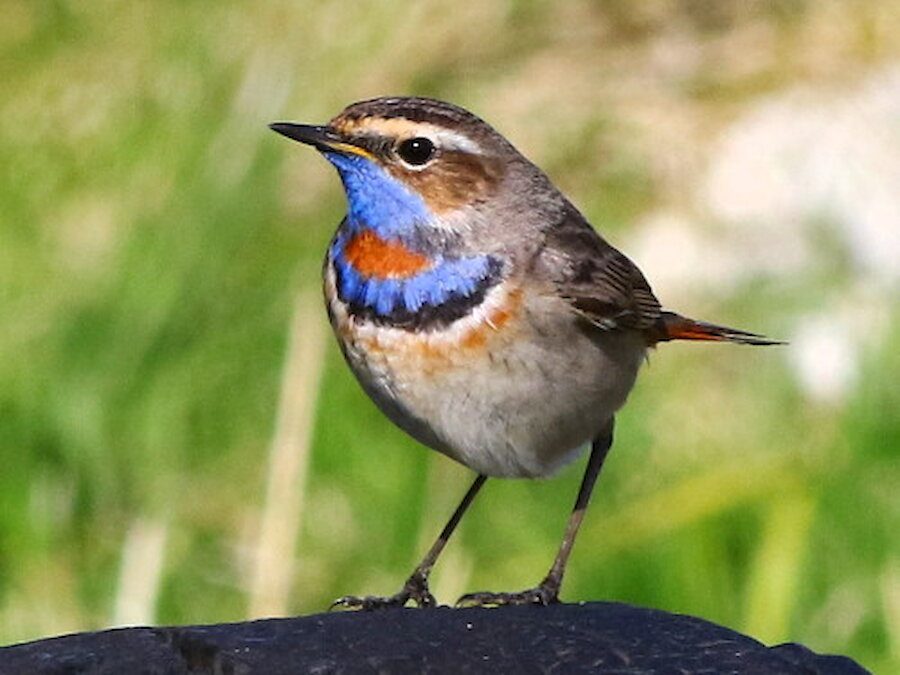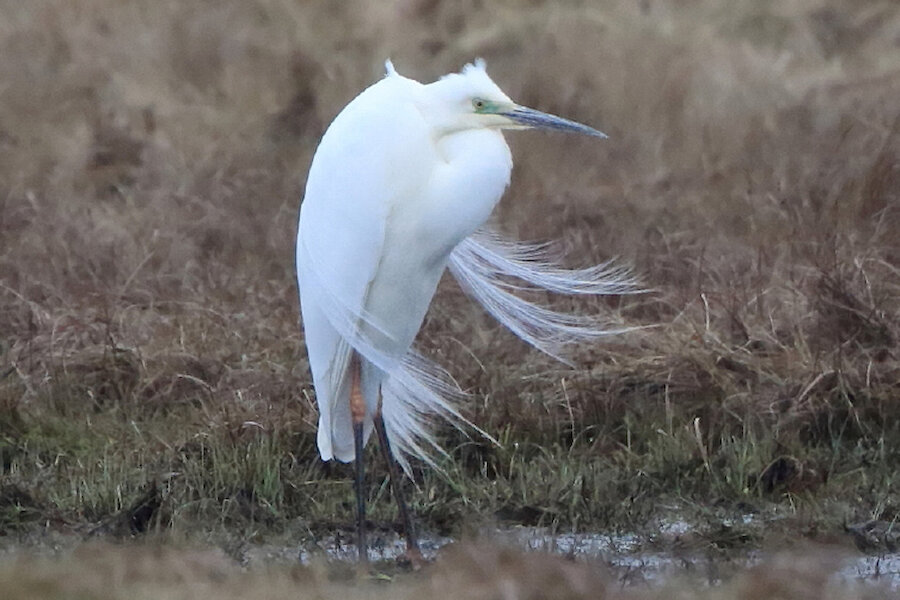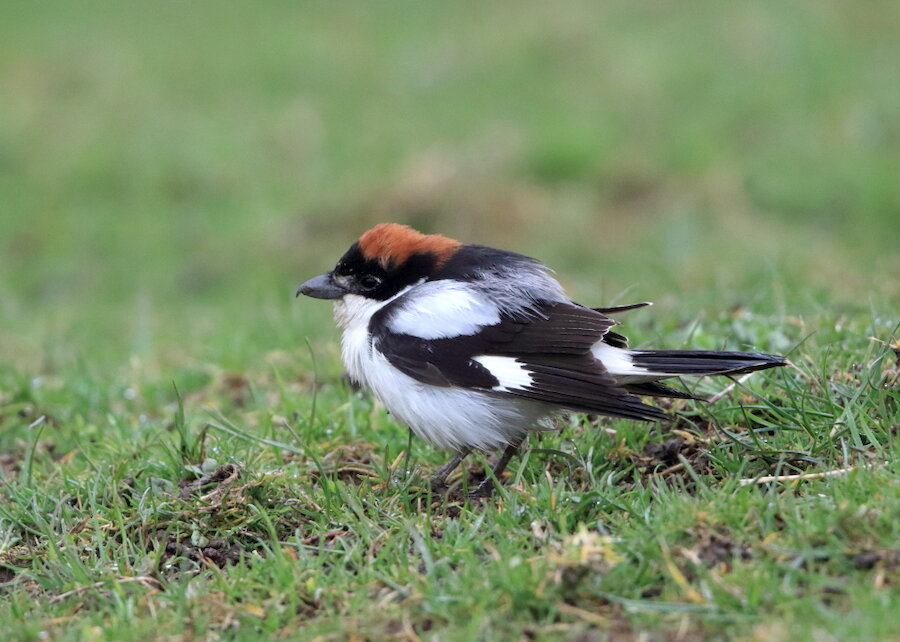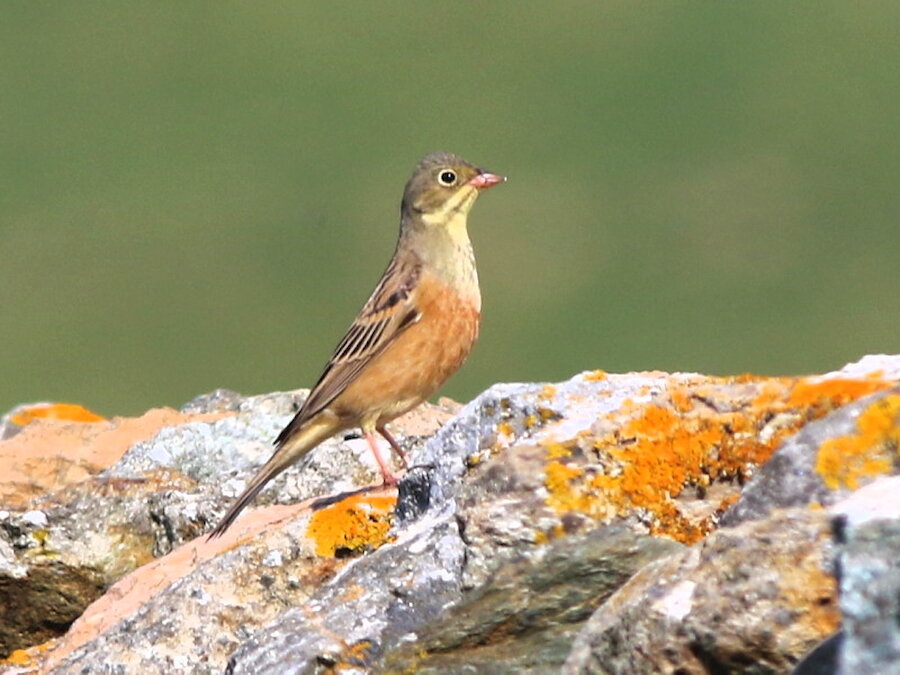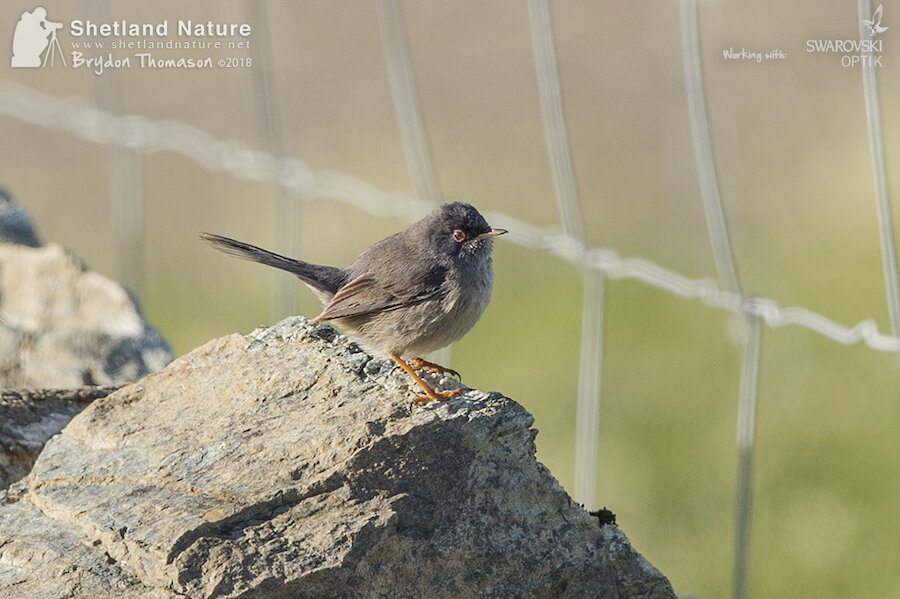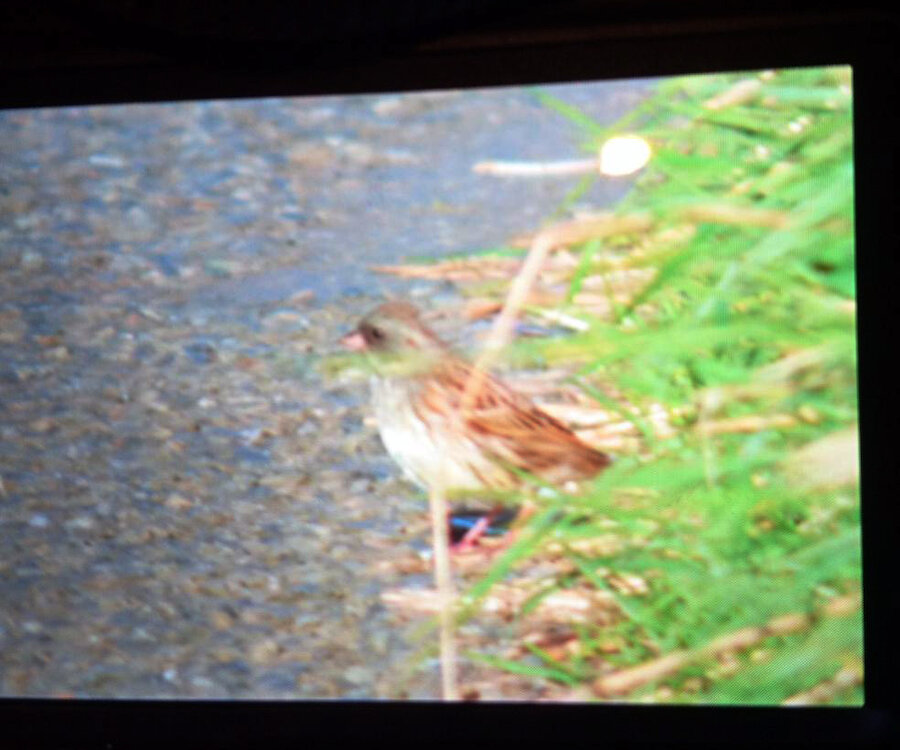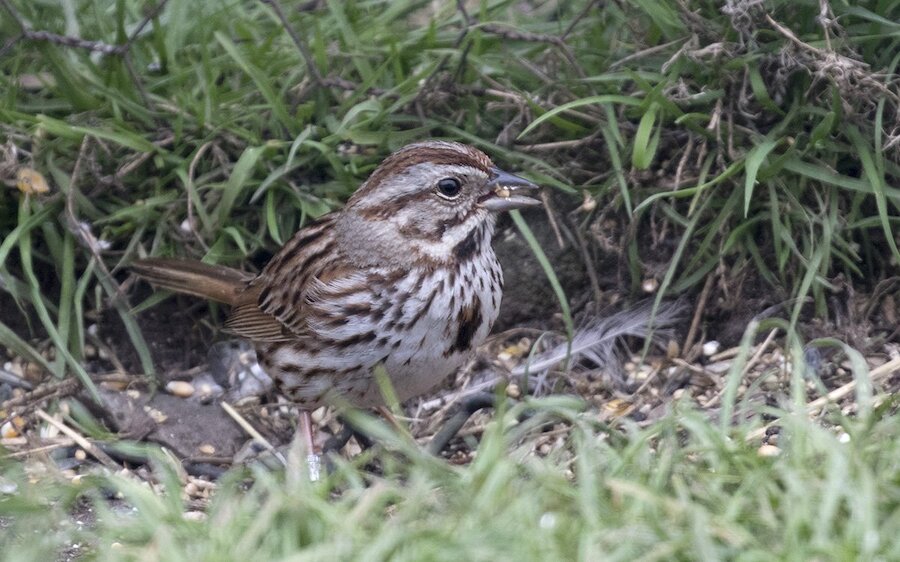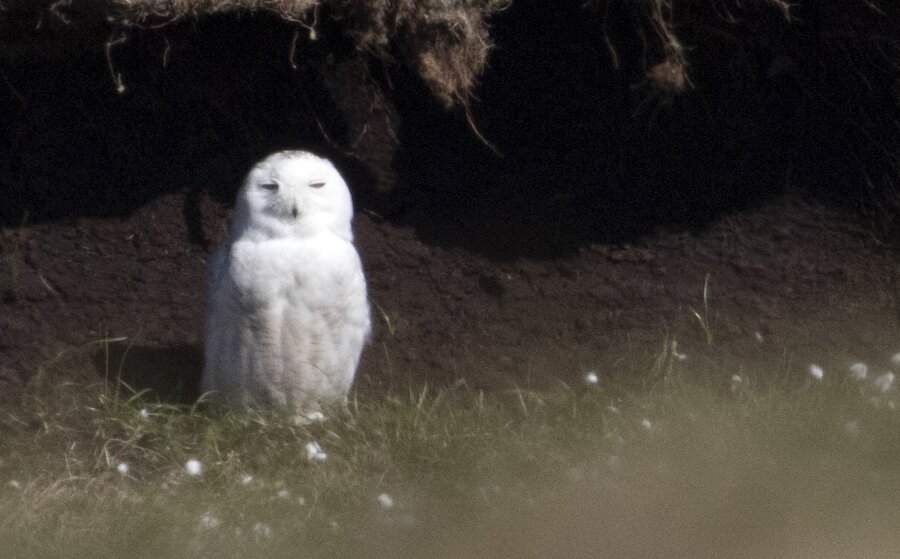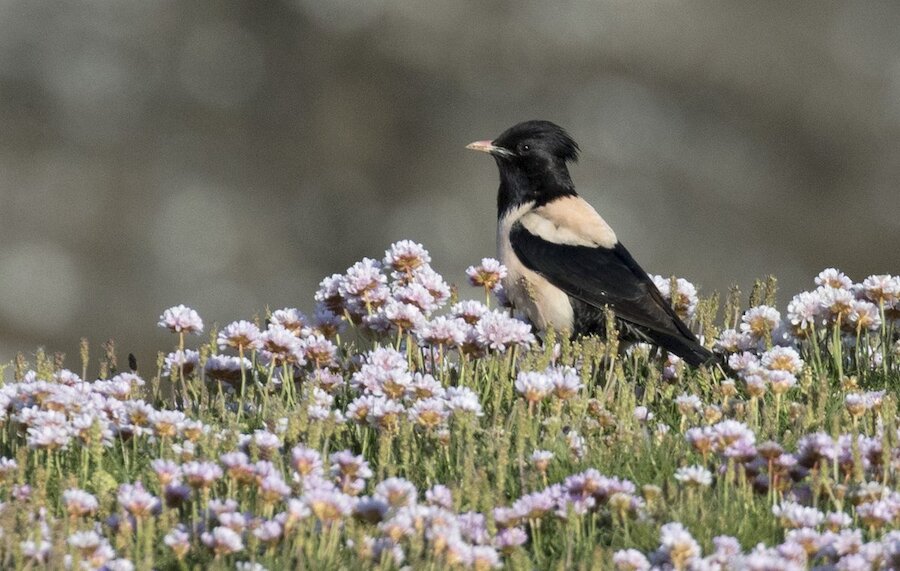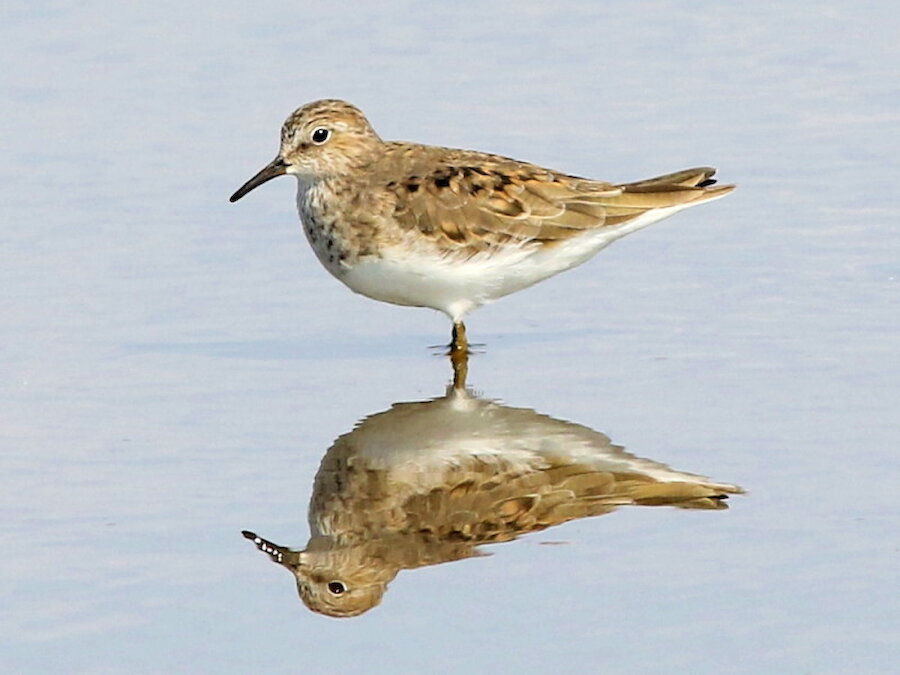Sitting between two Oceans, where the North Sea and North Atlantic meet, Shetlands geographical position makes it an ideal landfall for migrating birds. During spring and autumn migration seasons the islands have long been recognised amongst ornithologists as a true Mecca for diversity and numbers of migrants to make landfall here.
There are various influences that result in migrants and vagrants reaching us. Weather patterns tend to be the governing factor for migrating birds- in terms of both helping them reach their intended destination but also, unfortunately for them, sometimes preventing them.
It is the latter that usually brings them here and essentially way of course from where they need to be. Sometimes this can be simply due to them being caught up in adverse weather, sweeping them off course in fast moving fronts. There is also a theory that birds often have their navigational compass the wrong way round and so presents the 'reverse migration' theory.
Spring really has been an exceptional one. We enjoyed a truly rare spring of weather here on the isles. Blue skies, light winds and reasonably warm temperatures for several weeks saw us enjoying one of the driest and warmest and most settled springs for decades. This atypical weather certainly brought us an atypical cast of birds.
Although numbers of common migrants tailed off quite early in the spring season, there were plenty quality scarce migrants and some truly outstanding rarities recorded, particularly in early May. Good numbers of spring classics such as Bluethroat's were recorded as were Red-backed Shrike's whilst Great Egret, Woodchat Shrike and Ortolan Bunting were much rarer records.

